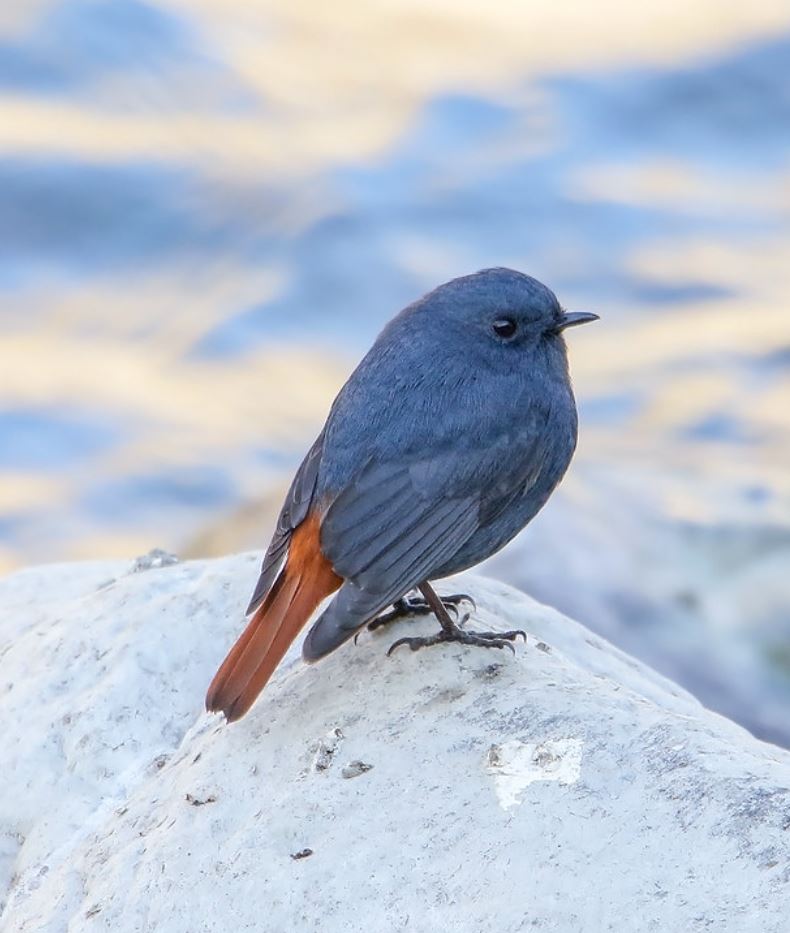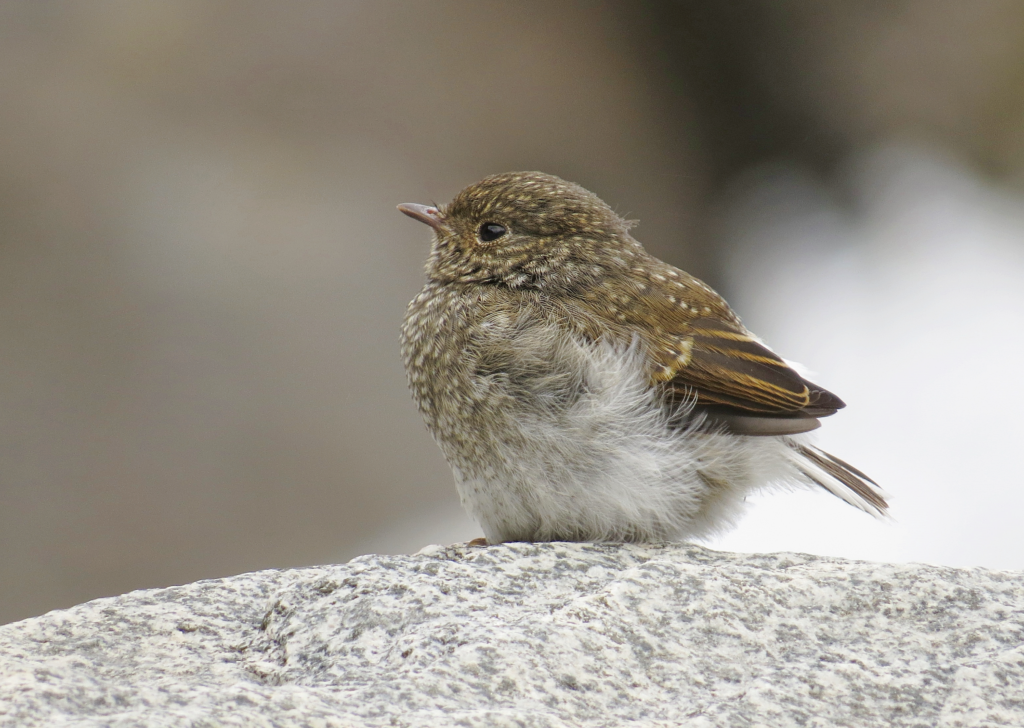A Finely Feathered Friend Who Loves To Flash His Brilliant Orange Tail In Flight – Meet The Plumbeous Water Redstart!

A finely feathered blue bird often times fanning out a brilliant orange tail in flight.
Meet the Plumbeous water redstart

The plumbeous water redstart (Phoenicurus fuliginosus) is a passerine bird in the Old World flycatcher family often associated with watercourses. The adult male has slaty-blue to dark lead-colored plumage overall, except for the rufous-chestnut upper tail and under tail-coverts, vent, and tail. The lower belly is whitish-grey. The flight feathers can be darker, mostly bluish-black. The bill is black. The eyes are dark brown. Legs and feet are flesh-colored.

The adult female has slaty-grey upper parts, a white rump, and bases of outer rectrices. Wings are browner with pale edges forming two white-spotted wing bars.
Related Reading:
The tail is brown too, with white outermost rectrices, and white a base. The juvenile tends to resemble the female but is browner overall, with white spots on its upperparts.

These birds are found in parts of South Asia, Southeast Asia, and China.

The Plumbeous Water-redstart frequents rocky rivers and streams both inside and outside the forest. It can be found in narrow watercourses, broad mountain torrents, in waterfalls, and nearby wet areas.

They like to dine on a wide variety of insects, but also eat’s berries and seeds. It performs short flycatching sallies from perches such as rocks in the water, or branches hanging over the stream.

It also snatches prey from the water surface, walks along the water’s edge, and even wades in the shallows.

Nesting normally occurs between March and July. During this time a neat cup-shaped nest is built in a cavity or a hole in a rock or bridge. They can also be built on a side branch, or in a tree stump, on a ledge covered with vegetation but almost always near water. The deep cup is made with rootlets, grasses, leaves, and moss. The inner cup is lined with fine rootlets, plants fibers, wool, and hair. The female lays 3-5 pale greenish or stone-colored eggs, with dense small darker markings. Incubation is done solely by the female but chicks are fed by both parents.

The Plumbeous Water-redstart is common to fairly common throughout its range and is species is not considered to be under any current threat.

You can watch this bird right here in the video below:
H/T Wikipedia – Creative Commons Attribution-ShareAlike License.
The Top 10 Most Spectacular Hummingbirds In The World!
Please SHARE this article with all your bird-loving friends and family!






